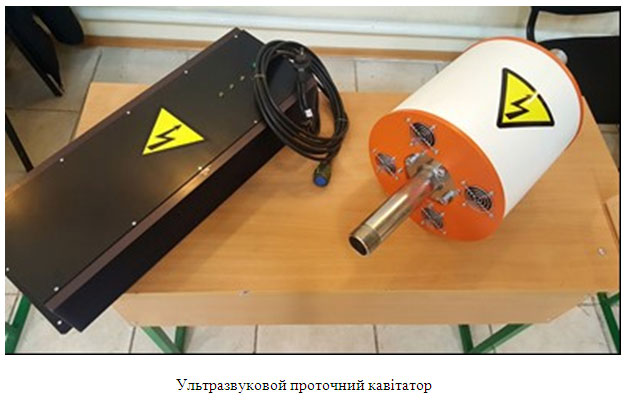Creating high-performance actuators for adaptive, open-architecture automation systems
The basic part of the problem of combining physically heterogeneous components in the creation of executive modules of automated systems with programmable control is solved.
The results of the study of the features of the emergence and maintenance of the phenomenon of ultrasonic cavitation and the revealed patterns are the basis of the original design solutions of technological cavitation equipment, which allowed to increase the efficiency of many technological processes and the reliability and operational longevity of cavitation technological equipment. In particular, an ultrasonic cavitation device for decontamination and purification of medical instruments, ultrasonic cavitation equipment for the production of especially pure extracts of medicinal plants, ultrasonic flow cavitator for milk treatment. Development experience is summarized in the methods of engineering calculation of cavitation equipment. The effectiveness of new technical solutions has been experimentally confirmed.
The influence of environmental parameters on the performance of the hydraulic component was investigated using the examples of a conical bearing and a channel of an aviation hydraulic actuator. The effect on the torque of the cone rotation in the conical gap, the magnitude of the taper angle and the viscosity of the fluid, taking into account the ambient temperature and operating modes, were experimentally determined. The mathematical analysis of the movement of lubricant between cylindrical and conical surfaces is presented. An engineering technique for calculating torque depending on the viscosity and speed is proposed. To determine the parameters of the unsteady modes of operation of the hydraulic drive channel, a thermal-hydraulic model was developed, which was built according to a modified Turner scheme. The mathematical simulation made it possible to determine the current changes in temperature, viscosity, speed, and maximum load pressure. The technique developed with its use allows to calculate and take into account the control algorithms for the intensity and time of the unsteady modes, as well as to limit the modes of operation based on the current state of the fluid and operational loads.
The concept of modular structure of automated systems based on the cyclic-modular approach, in particular production systems with hydraulic and pneumatic equipment, is developed. A fundamentally new idea of information-physical inter-module exchange, subordinated to a technical task, is proposed in the process of system operation. The idea is to form contextually-conditioned technological processes of groups of cyclic modules, the union of which occurs under a certain logical invariant of structural synthesis. The concept is implemented in the form of methodology and typical technical solutions of cyclic modules, sufficient to create practical systems of automation of medium complexity. The effectiveness of the concept was experimentally tested on the layouts of systems with hydraulic and pneumatic devices, the method of evaluating the operational efficiency of the cycle production system.

| Attachment | Size |
|---|---|
| 678.99 KB |




